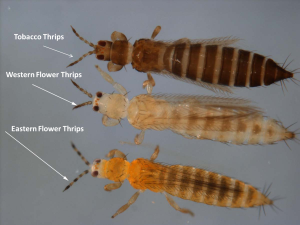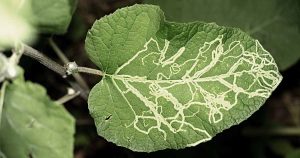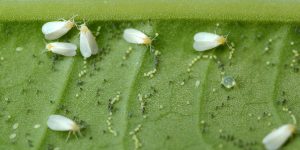
VARIOUS TYPES OF PLANTS INSECTS
Various types of plants insects. Often just called “pests,” plant pests are organisms that have the ability to harm or damage plants. Plant parts such as leaves, stems, roots, and fruits can all be impacted by these dangerous organisms. The fight against pests is constant and unrelenting in the fields of horticulture and agriculture. Aphids, thrips, caterpillars, spider mites, and whiteflies are examples of common pests that can harm plants and lower yields.
VARIOUS TYPES OF PLANTS INSECTS
Although healthy plants can withstand a few pests, most bugs can be easily controlled with easy, safe solutions if an excessive number of them choose to live on your plants. Knowing precisely which pests you are dealing with is the first step. If pests attack your plants, stay away from chemicals as much as you can. In addition to being harmful, insecticides eliminate beneficial insects that help control pests.
1. Aphids

Although they only live for a week or so, mature female aphids can procreate quickly. The tiny sucking pests, which are frequently observed growing in large numbers on the underside of leaves, release a sticky substance that attracts sooty mold and ants. Use insecticidal soap or neem oil to keep aphids at bay.
2. Thrips

thrips are small, wing-fringed flying insects. Almost any kind of plant is distorted and discolored by the sap-sucking insects. They frequently produce white patches on leaves and petals and leave behind microscopic black excrement on the leaves.
3. Spider mites

Although, spider mites are hard to spot with the unaided eye, the fine webs make them easy to identify. If the pests are not controlled, the leaves may fall off the plant due to streaking, spotting, and discoloration. Both insecticidal soap and neem oil work well. Because mites are attracted to dry, dusty environments, water appropriately.
4. Miners of leaves

Moths, flies, beetles, and other pests all have leaf miners as their larvae. As they feed on the leaves, the larvae produce blotchy patches and trails, but they are generally harmless and don’t require any treatment. Adults that lay eggs can be captured with sticky traps, and if control is required, insecticidal soap may be useful.
5. Scale

Because the tiny pests drain the sweet nectar, scale damage can be disastrous. There are two kinds of scale: soft scale, which has a waxy protective layer, and hard scale, which is mostly found on woody tissue like branches, trunks, and twigs. Although controlling pests can be challenging, neem oil effectively suffocates them.
6. Whiteflies

Another kind of pest that feeds on sap is the whitefly . Large infestations can result in yellow or dry leaves that may fall off the plants, but small infestations are generally harmless. Whiteflies produce a sweet substance that attracts sooty mold and ants, just like other sap-sucking pests.
7. Earwigs

Although they are generally helpful, earwigs can be dangerous if they consume vegetables and some other plants, such as dahlias, clematis, and mums. Short stretches of garden hose or cooking oil in tuna cans make it simple to catch earwigs.
8. Cutworms

Also, the larval stage of some moths is known as cutworms. The damaging pests conceal themselves beneath leaves or other plant debris before emerging to deposit large numbers of eggs on plants. They consume almost anything in their path, frequently slicing through ground-level young plant stems.
Summary
Often just called “pests,” plant pests are organisms that have the ability to harm or damage plants. Aphids, thrips, caterpillars, spider mites, and whiteflies are examples of common pests that can harm plants and lower yields.